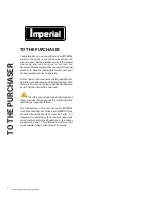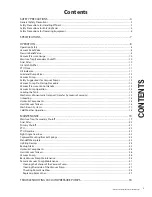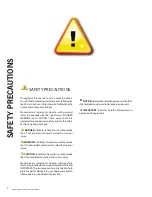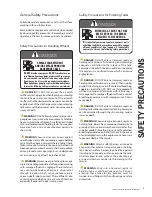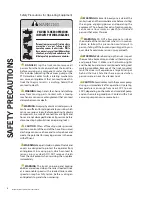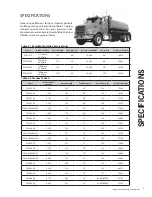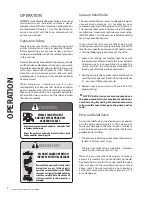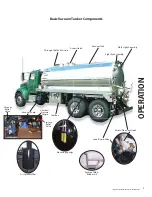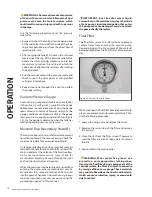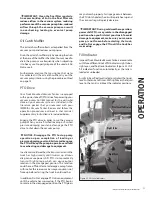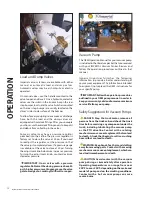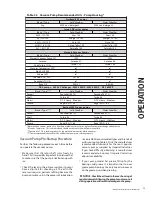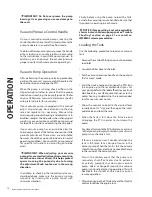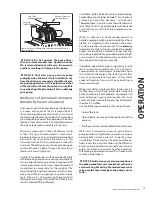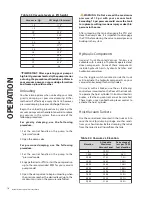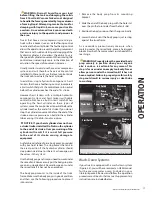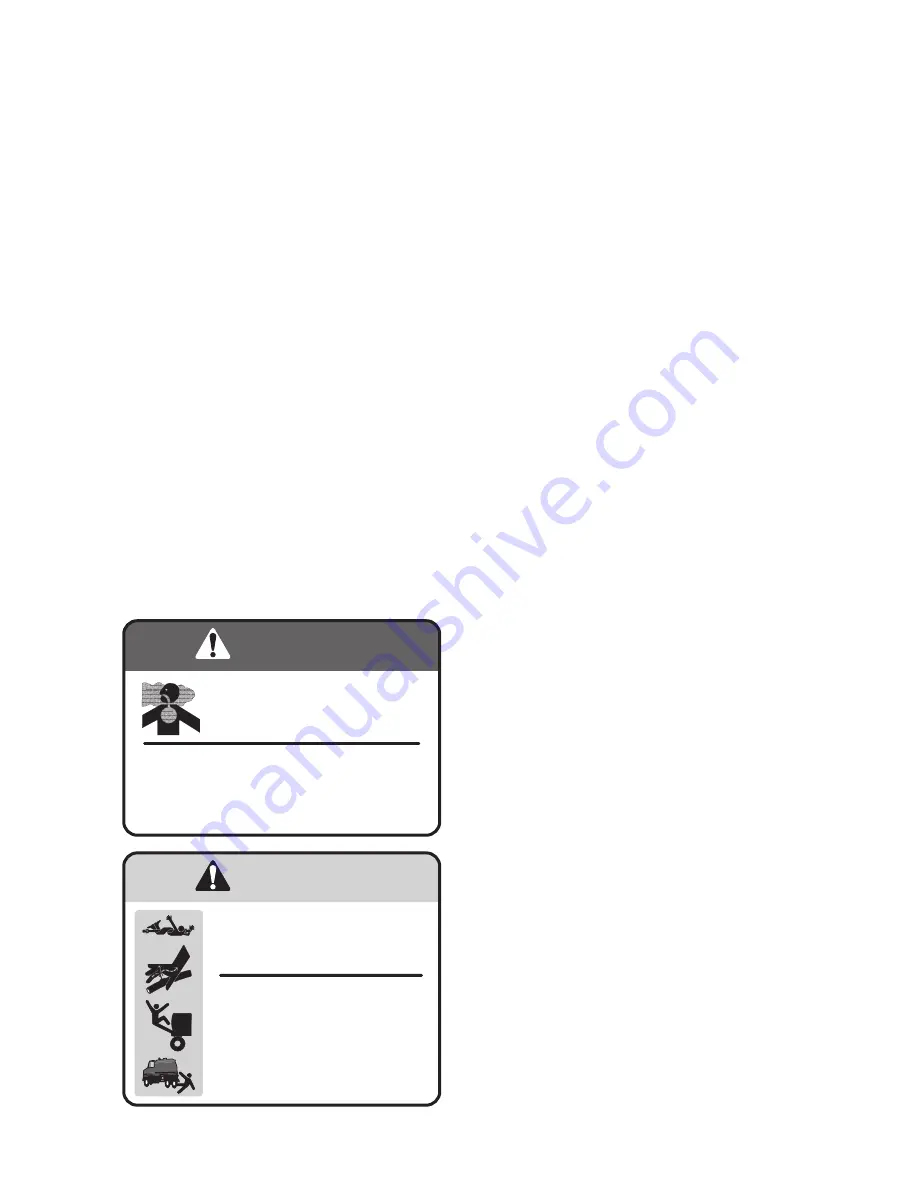
8
IMPERIAL TRUCK MOUNTED VACUUM TANKER MANUAL
Vacuum Relief Valve
The vacuum relief valve serves to safeguard against
vacuum pump damage. It is located on your
secondary, pump, or in the airline circuit (Figure .1).
The vacuum relief valve is factory set to the pump
manufacturer’s maximum continuous vacuum rating
(MCVR). Table .1 lists the vacuum relief valve setting
for various brands of pumps.
If you notice that the vacuum relief valve is not
relieving vacuum when your tank reaches the MCVR
level for your specifi c pump, you might need to reset
it. Use the following procedure to set the valve:
1. Loosen the locking nut located near the top of
the vacuum relief valve. Rotate the inner cylinder
clockwise one to two revolutions to reduce the
setting at which the valve opens. Retighten the
locking nut after making the adjustment.
2. Run the pump in the vacuum mode, and check to
see if the valve opens at the MCVR as listed in table
.1. or in your OEM pump manual.
. Repeat steps one and two until you attain the
proper setting.
►
NOTICE: Do Not run your vacuum pump above
the pump manufacturer’s maximum continuous
vacuum rating. Exceeding the maximum vacuum
rating could cause damage to the pump and/or
tank.
Pressure Relief Valve
A pressure relief valve is located on your secondary
or in the airline circuit (Figure .1). This valve serves
to prevent damage to the tank. It opens, to release
air, when the pressure in the tank reaches the factory
predetermined setting:
•
The pressure relief valve on truck mounted vacuum
tankers is factory set at 10 psi.
•
The pressure relief valve on portable sanitation
service units is factory set at 5-7 psi.
When the pressure relief valve opens to release
excess air, it creates a hissing sound that you should
be able to hear. Listen for this sound, and if the valve
does not open at the specifi ed pressure as listed
above, reset it. Your vacuum tank is not a pressure
vessel, and exceeding a maximum pressure of 15
psi is dangerous.
�������������������������������������������������������
����������������������
������������������������������������������������������
�������������������������������
DANGER
��������������������
�����������������������
����������������
��������������������������������������������
������������ ���� ���� ��������� �����
�������������������������������������
������������������������������������������
�������������������������������������������
��������������������������������������
��������
WARNING
�����������������������
��������������������������
OPERATION
IMPERIAL Truck Mounted Vacuum Tankers are custom
designed to meet individual customers’ needs.
However, some of the most common confi gurations
are illustrated in Figure .1. Use this illustration to
acquaint yourself with the main components on
your vacuum tanker.
Operation Safety
Operating vacuum tankers, and pumping septic
and/or holding tanks, involves potential hazards.
Before operating your vacuum tanker, you must
understand and follow all of the safety precautions
in this manual.
Hazards frequently encountered in pumping include
confi ned spaces, dangerous chemicals, exposure to
bacteria, explosive atmospheres, falls, high-pressure
water jets, pressurized hydraulic lines, rotating
drivelines, and poisonous gasses. Because each
pumping job is unique, you may experience other
hazards as well.
When dangerous situations arise, it is your
responsibility to make sure that no harm comes to
persons, equipment, or the surrounding environment.
Make sure that your job site is secured and safe for
others both when you carry out the job and when
the job is complete.
OPERA
TION


